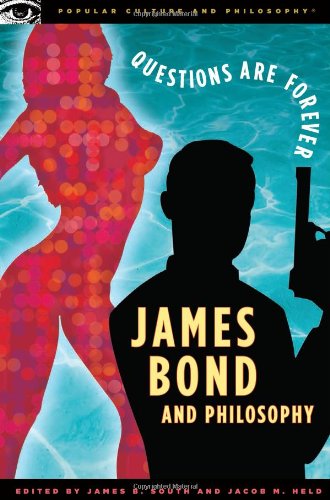American Popular Music: From Minstrelsy to MP3 Includes two CDs Review


In
American Popular Music: From Minstrelsy to MP3, Second Edition, Larry Starr and Christopher Waterman examine popular music in the United States from its beginnings into the 21st century, offering a comprehensive look at the music, the cultural history of the times, and the connections between them. Using well-chosen examples, insightful commentaries, and an engaging writing style, this text traces the development of jazz, blues, country, rock, Motown, hip-hop, and other popular styles, highlighting the contributions of diverse groups to the creation of distinctly American styles. It combines an in-depth treatment of the music itself--including discussions of stylistic elements and analyses of musical examples--with solid coverage of the music's attendant historical, social, and cultural circumstances. The authors incorporate
strong pedagogy including numerous boxed inserts on significant individuals, recordings, and intriguing topics; coverage of early American popular music; and a rich illustration program.
Detailed listening charts explain the most important elements of recordings discussed at length in the text. The charts are complemented by
two in-text audio CDs and--new to this edition--an iMix published at iTunes, which makes most of the songs immediately available to students and instructors.
Features of the Second Edition * Integrates full color throughout
* Provides more coverage of women artists, with new material on women in rock 'n' roll in Chapter 8 and a box on Queen Latifah in Chapter 14
* Reorganizes the discussion of post-1970s music: disco is now included with mainstream 70s pop, while hip-hop is treated in two chapters (12 and 14) in order to emphasize its significance and diversity
* Adds new material on the recent alternative country music explosion
* Includes new developments in music technology in the thoroughly revised concluding chapter
* Offers revised and more vivid visual elements, including more than 100 new photos (most in full color) and an illustrated timeline
* Provides redesigned listening guides, enhanced by an iMix published at iTunes (accessible at www.oup.com/us/popmusic)
* Supplemented by a Companion Website at www.oup.com/us/popmusic (containing both student and instructor resources) and an Instructor's Manual and a Computerized Test Bank on CD
* FREE with the purchase of this book: a 6-month subscription to Grove Music Online (www.grovemusic.com)--a 0 value
Remarkably accessible,
American Popular Music, Second Edition, is ideal for courses in American Popular Music, the History of Popular Music, Popular Music in American Culture, and the History of Rock 'n' Roll. Its welcoming style and warm tone will captivate readers, encouraging them to become more critically aware listeners of popular music.



















